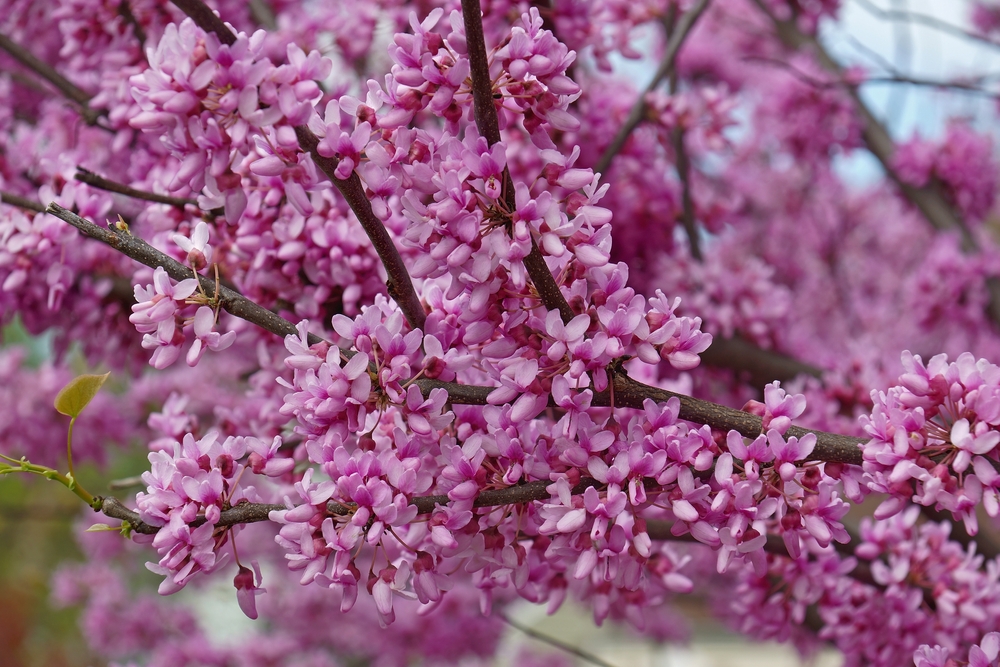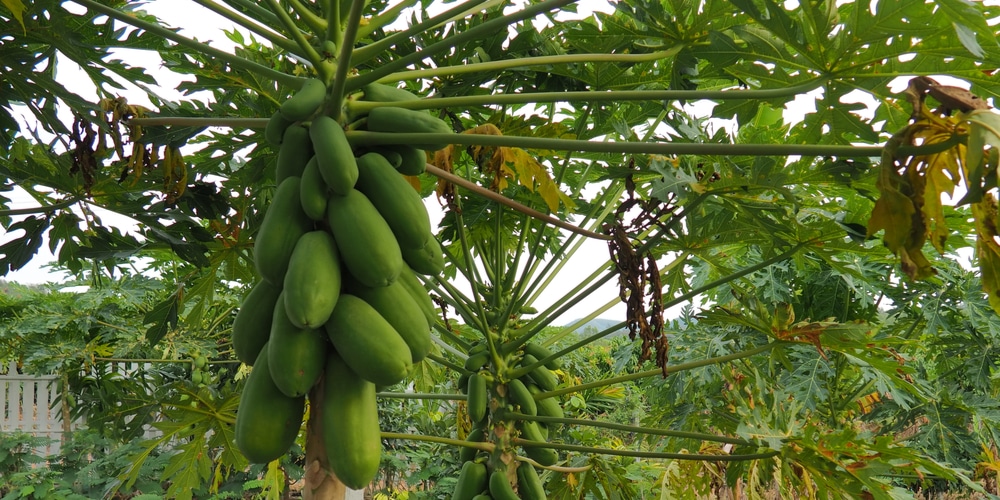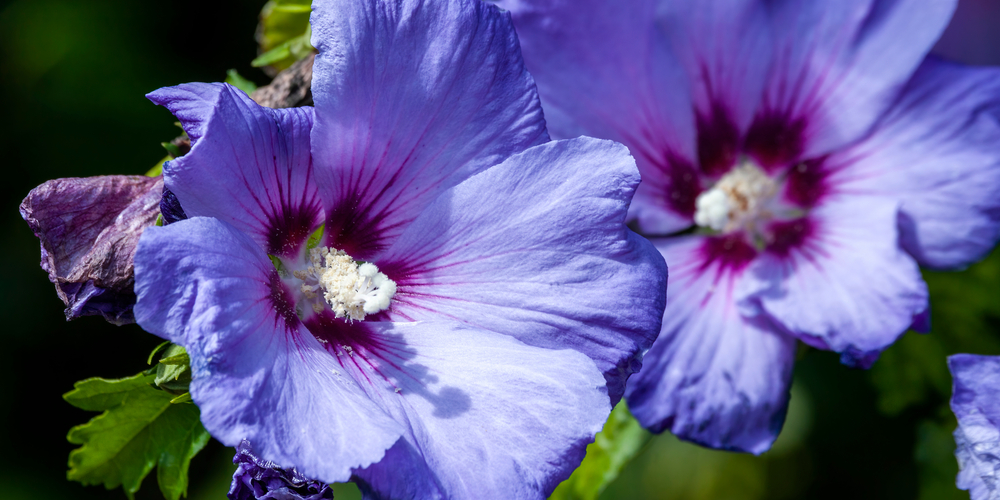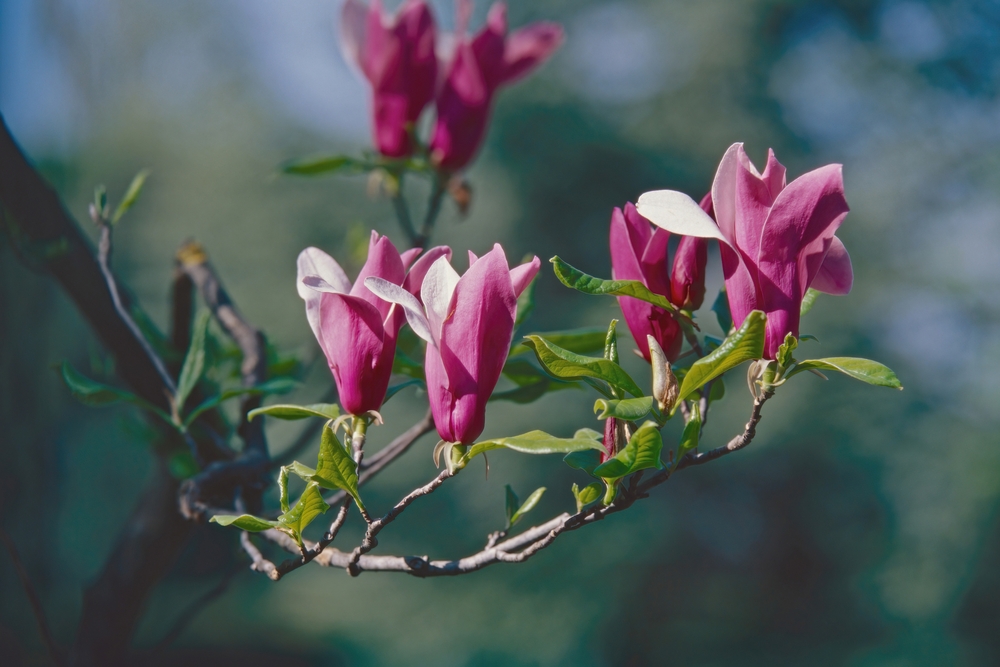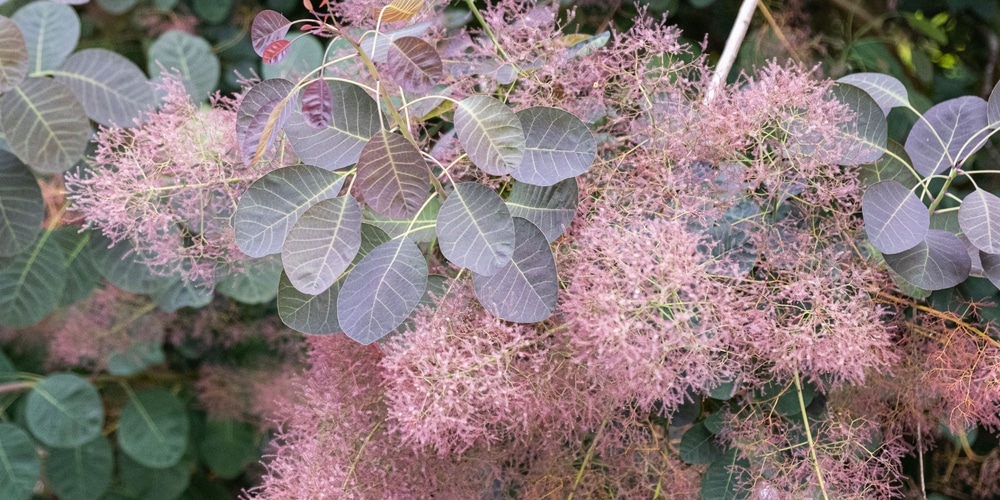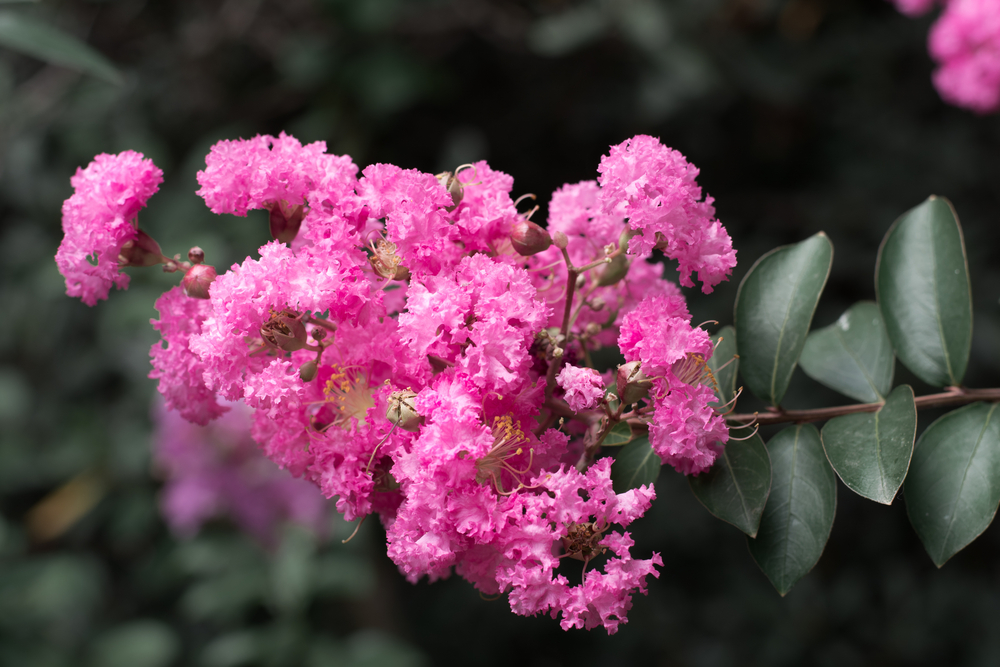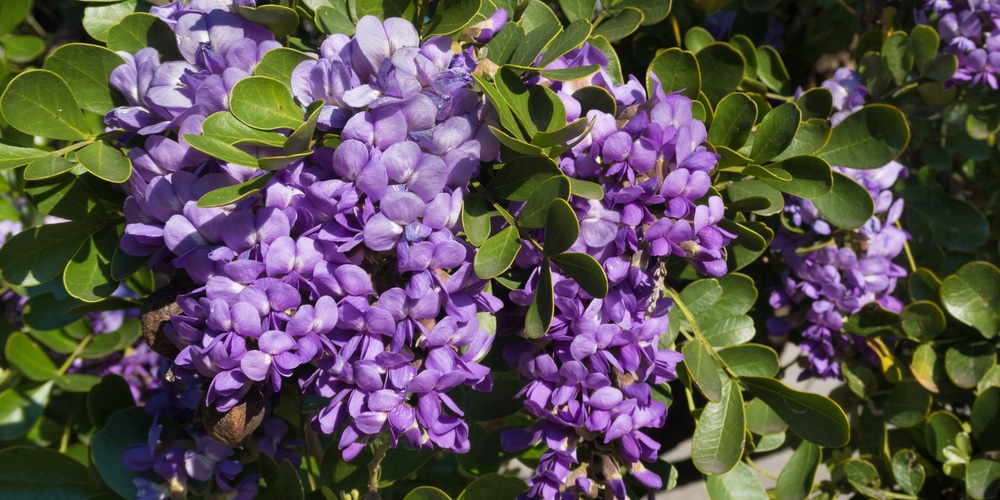Purple flowering trees are ethereal and majestic. If you live in Virginia, you may want to know which purple trees grow in the state. Virginia includes USDA hardiness zones 5a through 8a. Keep reading to learn about native and non-native trees with purple flowers in Virginia.
Trees With Purple Flowers Native to Virginia
Here are the purple-blossomed trees that call Virginia home.
Eastern Redbud
The Eastern redbud (cercis canadensis) produces beautiful lavender blooms along its branches in the spring. It is sometimes called the Judas tree and can grow 20- 30 feet tall. It does well in full sun and soil with good drainage. Since this tree grows throughout zones four through eight, it can grow easily throughout the entire state of Virginia.
Pawpaw
Asimina triloba, colloquially known as the pawpaw, produces lovely purple blooms and is the largest fruit native to North America. While the fruit flesh is delicious, the seeds and skin are toxic. Depending on the sun these trees get, they can grow to between 2 and 25 feet tall. More sun means more growth. The Pawpaw grows throughout USDA zones five through eight.
Rose of Sharon
Rose of Sharon, or hibiscus syriacus, produces blooms of different colors, depending on the variety. Purple is just one of those colors. The blooms can also come in red, white, and pink. Enjoy the blooms during a long blooming period from early summer to mid-autumn.
This small tree can also be classified as a shrub. It grows to about 12 feet tall. For best results, grow this plant in partial to full sun. Rose of Sharon does well in USDA growing zones five through eight, making it a good choice throughout all of Virginia.
Non-Native Trees with Purple Flowers in Virginia
Some other trees can thrive in Virginia, even if they debuted their purple flowers elsewhere. They include:
Jane Magnolia
The Jane magnolia is a cross between magnolia liliflora (reflorescens) and magnolia stellata (waterlily). These flowers are reddish-purple with white inner petals. The tree is small and only reaches ten to 15 feet in height.
This Magnolia grows well in zones four through eight. It prefers partial shade and rich soil. City-dwellers value this tree because it does well in polluted environments.
Smoke Trees
The Smoke Tree (cotinus coggygria) gets its name from its fluffy smoke-like blooms. This tree is a great choice if you want a unique tree for your garden. It reaches 10 to 15 feet tall. It does well in full sun and needs good drainage. This tree grows throughout zones five, six, seven, and eight.
Crape Myrtle
Crape Myrtle, also known as lagerstroemia indica, is native to Asia but grows beautifully in the United States. This small tree is interesting to look at in all seasons. It produces red-purple flowers throughout the summer, fascinating leaf color in the autumn, and peeling bark all year long.
It can grow to between six and 25 feet tall. Crape Myrtle grows well in USDA zones six through nine, meaning it will not grow in the coldest parts of Virginia.
Chaste Tree
The uniquely appointed chaste tree, also known as vitex agnus-castus, has beautiful flowers and leaves alike. The leaves a palm-shaped, and fragrant. Meanwhile, the clusters of purple flowers provide a beautiful splash of color.
It also produces small black fruits with seeds often used in cuisine. This tree’s final height will depend on the variety you choose. They can grow to anywhere between three and 20 feet tall. Skip this plant if you live in zone 5 in Virginia since it only grows in zones six through nine.
Texas Mountain Laurel
Texas Mountain Laurel, also known as dermatophyllum secundiflorum, is native to Mexico and parts of the southwestern United States. As a result, it only grows in the warmest parts of Virginia. In general, it grows in zones seven through 11.
If you live in a warmer part of Virginia, these are certainly worth planting. The delicate, wisteria-like blooms are several shades of lavender and produce a delightful smell. As an evergreen, this tree produces interest beyond its blooming time. It can grow up to 20 feet tall.
Final Thoughts
There are many different types of trees with purple flowers. Each one is unique with different needs, blooming times, and histories. These trees are a beautiful choice for your Virginian garden. The only tough part is you have to decide which one you want.
Another plant with purple flowers is the butterfly bush which is considered an invasive species in Virginia.
